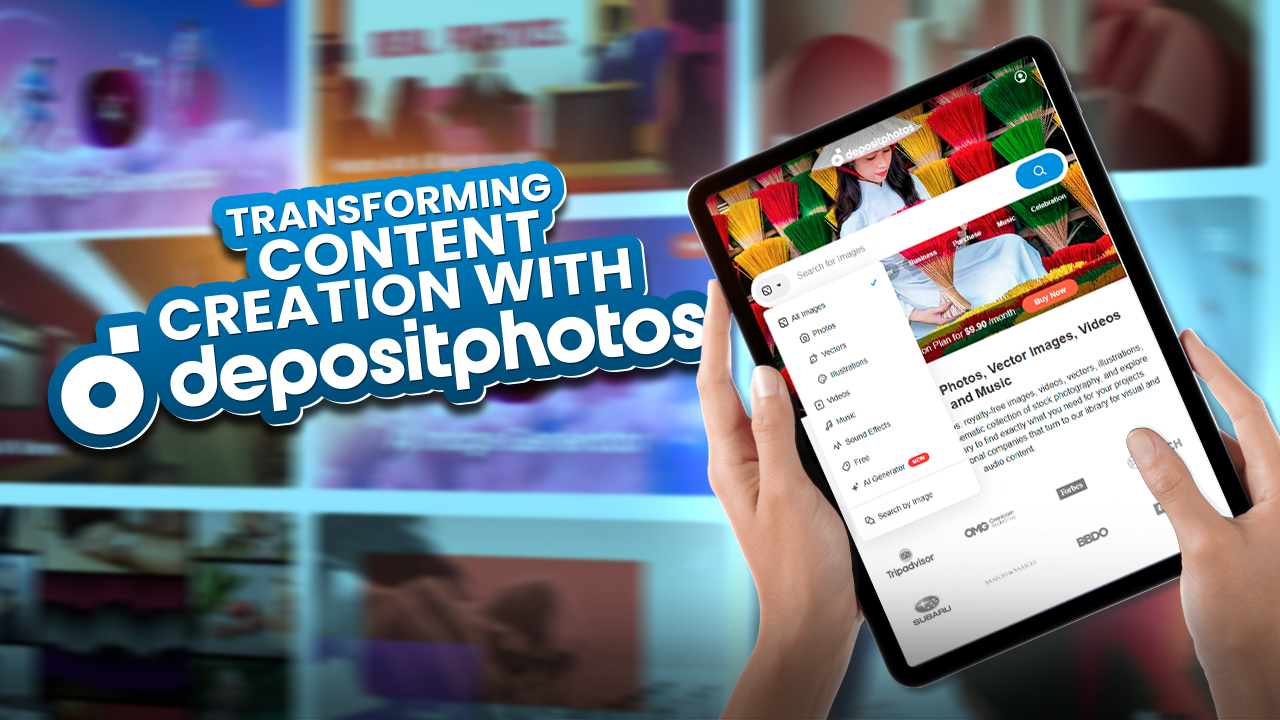Ever wondered what happened to Apple’s secret car project? What was thought to be a dream of Apple to release their sought-after icars suddenly cancelation of this project leads to massive criticisms drawn into Apple company and also among its users
So, get ready to discover why the tech giant that revolutionized phones decided to hit the brakes on building its car. Without further ado let’s get started.
From iPhones to Apple iCar: The Birth of Project Titan
In 2014, Apple, renowned for revolutionizing the smartphone and personal computing industries, set out on a new journey to revolutionize the automotive world. After all, what Apple touches turns into a Midas gold.
It was given a code name called “Project Titan,” because this venture aimed to develop nothing less than a Level 5 autonomous vehicle – a car capable of operating without human intervention in all conditions.
This move marked a big shift for Apple, showing its eagerness to shake up another established industry.
Initially kept secret, news of an Apple vehicle leaked in 2015, causing intense speculation and excitement in both the tech and automotive industries. Many were fascinated by the idea of an Apple-branded car, wondering how the company’s design philosophy and user-centric approach would translate to automobiles.
Apple’s Early Moves in the Automotive Space
As Project Titan gained momentum, Apple’s leadership made several notable moves that hinted at the scale of their automotive ambitions. Tim Cook, Apple’s CEO, drew attention in the industry by visiting BMW’s manufacturing facility, showing a keen interest in the i3 electric car.
This visit suggested that Apple was seriously studying established automakers’ production processes and electric vehicle designs.
Steve Zadesky, a vice president at Apple and former Ford engineer, was chosen to lead Project Titan initially. His background in automotive engineering bolstered Apple’s credibility in the project and underscored the company’s dedication to leveraging industry expertise.
Early reports about the project suggested that Apple was working on a vehicle design more akin to a minivan than a traditional car, hinting at a possible focus on shared mobility or family-oriented transportation.
In a secretive move, Apple attended a European auto body conference under the pseudonym “SixtyEight Research.” As the sole U.S. participant not registered as a major automaker, Apple’s presence sparked additional speculation about their automotive intentions.
This covert approach underscored the company’s determination to keep Project Titan under wraps while gathering crucial industry intelligence.
There were also rumors circulating about Apple possibly partnering with Faraday Future, a U.S. electric vehicle startup. Although Apple promptly refuted these rumors, the speculation underscored the perception that the tech giant might seek partnerships or acquisitions to integrate its software expertise with the challenges of automotive manufacturing.
Assembling the Role-Suited Squad
Demonstrating its serious commitment to Project Titan, Apple poured billions of dollars into the venture. The company assembled a team of hundreds of top-tier engineers and designers, creating a veritable dream team of automotive and tech talent.
This group included experts poached from industry giants like Tesla, Ford, and General Motors – companies with decades of experience in car design and manufacturing.
The goal was nothing short of audacious: to design and manufacture an Apple-branded electric car that could compete directly with industry leaders like Tesla. This ambition reflected Apple’s history of entering established markets and quickly becoming a dominant player through innovation and superior user experience.
However, the assembly of this all-star team also raised questions. Could a group of experts from diverse backgrounds, many without deep automotive industry experience, successfully navigate the complex world of car manufacturing?
The challenge was not just technical, but cultural – merging Silicon Valley’s fast-paced, software-driven approach with the more conservative, hardware-focused culture of traditional automakers.
Roadblocks and Reality Checks
As Project Titan progressed, it encountered a series of formidable challenges that tested Apple’s resolve and capability to enter the automotive market:
Technical Hurdles
The complexities of car manufacturing proved to be vastly different from Apple’s expertise in consumer electronics. From supply chain management to safety regulations, every aspect of automotive production posed new challenges.
The company quickly realized that designing a car was fundamentally different from designing a smartphone or computer.
Industry Skepticism
Voices from within the automotive industry expressed doubt about Apple’s ability to succeed. Former GM CEO Dan Akerson pointedly remarked, “They have no idea what they’re getting into if they get into that. We take steel, raw steel, and turn it into a car.”
This skepticism highlighted the significant challenges Apple faced in adapting to the complexities of automotive engineering and manufacturing.
Internal Struggles
By July 2016, reports surfaced of employee confusion about the project’s direction. The unclear direction of Project Titan caused disagreements and conflicting strategies within the team. This internal discord threatened to derail the project before it could produce tangible results.
Shifting Focus
In response to mounting challenges, Apple appointed Bob Mansfield as the new project head. Mansfield’s decision to hire a former BlackBerry automotive software executive marked a clear shift towards prioritizing autonomous driving capabilities over vehicle production. This shift represented a major strategic realignment for Project Titan.
In-House Doubts
Even within Apple’s leadership, there were reservations about the project’s viability. Craig Federighi, Apple’s software boss, expressed skepticism about the company’s ability to succeed in the automotive space. These high-level doubts added to the pressure on the Project Titan team.
Design Dilemmas
Jony Ive, Apple’s legendary former design chief, advised the team to “lean into the weirdness” of the vehicle’s design. While this approach aligned with Apple’s history of revolutionary product design, it represented a potentially risky move in the conservative auto market, where radical designs can alienate consumers.
Safety Concerns
In 2022, an incident where an Apple test vehicle nearly collided with a jogger underscored concerns about the reliability and safety of their autonomous driving technology, emphasizing the challenges and potential reputational risks involved.
The Tesla Tango
In a surprising development showcasing Apple’s ambition and the hurdles it encountered, the company engaged in discussions with Elon Musk about possibly acquiring Tesla. This strategic move aimed to swiftly gain traction in the expanding electric vehicle market and harness Tesla’s advanced technology and expertise.
The potential acquisition of Tesla would have given Apple immediate access to:
- Established electric vehicle production capabilities
- Advanced battery technology
- A network of charging stations
- Expertise in autonomous driving systems
Elon Musk later confirmed these discussions, stating, “We had conversations with Apple, I can’t comment on whether those revolved around any kind of acquisition.” The fact that these talks occurred demonstrated the seriousness of Apple’s automotive ambitions and its recognition of the challenges involved in entering the market from scratch.
Apple decided not to buy the company and decided to continue developing its own electric vehicle. They believe in controlling every aspect of their products and think innovation is best done in-house.
Shifting Gears: Apple’s Strategic U-Turn
As the global electric vehicle market faced new challenges, with growth predicted to slow to 27.1% in 2024 due to reduced government subsidies and changing economic conditions, Apple made a crucial decision to pivot its automotive strategy.
The company shifted its focus from developing a complete Apple-branded car to concentrating on two key areas:
- Autonomous driving software
- EV powertrain technology
This strategic pivot allowed Apple to:
- Mitigate the enormous financial risks associated with full-scale car manufacturing, including the need for new production facilities and supply chains.
- Position itself as a potential supplier to established automakers, leveraging its strengths in software development and system integration.
- Capitalize on the growing demand for advanced EV technologies without shouldering the burden of manufacturing infrastructure, dealership networks, and complex supply chains.
- Focus on areas where its existing expertise in software, user experience, and hardware integration could provide the most value.
This shift aligned more closely with Apple’s traditional business model of developing advanced technologies that can be integrated into various products, rather than producing the entire product itself.
iDrive the Future: New Role in the Automotive Landscape
Despite the shift in strategy, Apple is still poised to make a significant impact on the electric vehicle market. Morgan Stanley predicts that Apple could potentially gain a 16% share of the global electric vehicle market by 2030, focusing particularly on the $2.6 trillion shared mobility market.
This new approach allows Apple to:
- Leverage its strengths in software development, artificial intelligence, and user interface design to create cutting-edge autonomous driving systems.
- Develop advanced EV powertrain technologies that could be licensed to multiple automakers, potentially becoming an industry standard.
- Explore opportunities in the growing shared mobility sector, where Apple’s brand strength and user experience expertise could provide a competitive advantage.
By concentrating on autonomous driving capabilities and EV propulsion systems, Apple is positioning itself as a valuable technology partner for established automakers.
This approach aligns with Apple’s successful business model of integrating proprietary technologies into third-party hardware platforms, as seen with its chips and software in various consumer electronics.
Future Collaboration and Innovation
Apple’s automotive strategy is likely to revolve around partnerships and collaborations with major car manufacturers. By leveraging its strengths in software development, user experience design, and hardware integration, Apple can:
- License self-driving and EV technologies to automakers, allowing them to quickly implement advanced features in their vehicles.
- Collaborate with car manufacturers to create seamless integrations between Apple’s ecosystem of products and services and next-generation vehicles.
- Drive innovation in areas such as in-car entertainment, navigation, and vehicle-to-everything (V2X) communication systems.
- Potentially develop a new platform for automotive software, similar to iOS for mobile devices, that could become an industry standard.
This collaborative approach allows Apple to influence the future of transportation without taking on the full risks and capital requirements of becoming a full-fledged automaker.
Final Thoughts
Apple’s journey with Project Titan demonstrates the challenges and opportunities inherent in pursuing groundbreaking innovation in an established industry. While the dream of an Apple-branded car may have been parked for now, the company’s influence on the automotive industry is far from over.
By focusing on its core strengths in software, user experience, and integration, while embracing collaboration with established automakers, Apple is well-positioned to play a crucial role in shaping the future of transportation. The company’s journey serves as a fascinating case study in adaptability, strategic decision-making, and the relentless pursuit of innovation in the face of significant obstacles.
As the lines between the technology and automotive industries continue to blur, Apple’s evolving role in this space will be closely watched. The road ahead for Apple in the automotive world may not be straight, but it’s certainly paved with potential.
One thing is clear with the twists and turns of Apple the intersection of Silicon Valley and Motor City is where the future of transportation is being written, and Apple intends to be a key author in this exciting new chapter.







